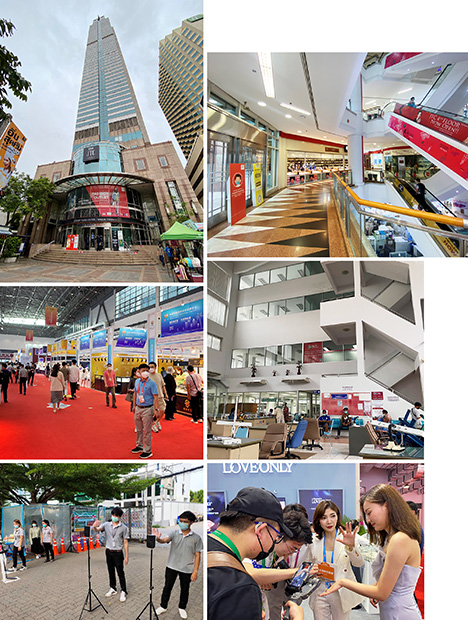Virtual Report on the Industry in 2021

From our understanding going into these interviews, fine jewelry has actually been doing quite well during this time, as consumers who would normally spend money on travel have opted to spend those discretionary funds on luxury items, including jewelry. With the initial onset of the pandemic creating a full disruption to in-person sales, retail jewelry was hit hard in the spring. By summertime, however, sales had increased for many compared to the same period in 2019. This trend reemerged during the end-of-the-year holiday season. As discretionary travel is a strong competitor to fine jewelry, having people stuck at home benefited retail jewelry sales. Online jewelry sales appear to have benefited the most, increasing by about 50% over pre-pandemic times. To what extent these patterns will hold is uncertain. Another trend was the popularity of “Zoom-worthy” jewelry such as earrings and necklaces as online interactions with colleagues, friends, and family increased. To read more about some of the pandemic-related retail jewelry trends, see Victoria Gomelsky, “Even in a pandemic, fine jewelry is selling,” New York Times, December 3, 2020, https://www.nytimes.com/2020/12/03/fashion/jewelry-rising-sales-pandemic-.html.
Starting at the mines, activity was clearly affected by work stoppages and the inability of foreign buyers and traders to travel internationally. These situations were highly dependent on local restrictions, which were often different in neighboring countries. In East Africa and Asia, many mines temporarily stopped production to comply with regulations to avoid gatherings of people, while others produced plenty of material but initially had no foreign buyers to sell it to. Much rough trading went online, allowing the continued flow of some materials between miners and buyers with established relationships. This online presence also brought forth completely new relationships for miners and local traders who started dealing directly with downstream buyers, such as cutters and jewelers, who normally would have made purchases through other channels.
In many instances, cutting and jewelry manufacturing workshops were significantly impacted by the pandemic on three fronts: the disruption in the supply of new raw materials, the inability to work together in factories in light of social distancing policies, and (in some cases) difficulty in shipping goods across borders. However, some rough dealers and jewelers have been opening the vaults to work with gems saved for a rainy day such as this.
Gem markets have been significantly impacted, as here too social distancing policies and travel restrictions greatly reduced or eliminated the ability to gather and kept the international buyers who supply the cash necessary to keep trade moving away from these sites. Similarly, virtually all of the major trade shows globally were forced to cancel for the same reasons. Political unrest has also been impacting the movement of goods across borders, something we heard from several sources.
Stone dealers and jewelers in general reported a challenging time last spring, but reasonable to good sales from summer 2020 on. Many of them had to adapt to virtual interactions with suppliers and clients, some for the first time. However, several had already started building online presences, which were put to the test and rapidly expanded to accommodate this unusual year. Communication through WhatsApp and Zoom proved essential for many in continuing business both upstream and downstream. Vendors reported using social media such as Facebook and Instagram to keep clients updated on their activities. Even though it was clear that these vendors look forward to the return to big trade shows, they believe that the way business is conducted along the supply chain has likely been changed in some permanent ways by the recent forced reliance on doing business virtually.
We hope you enjoy our report showing the mixture of positive and negative trends over this unprecedented past year. We look forward to seeing everyone in person in Tucson next year. The 2022 Tucson shows will also bring us the opportunity to visit the Alfie Norville Gem and Mineral Museum, scheduled to reopen in 2021, and its Somewhere in the Rainbow collection. These are also featured in our report.



